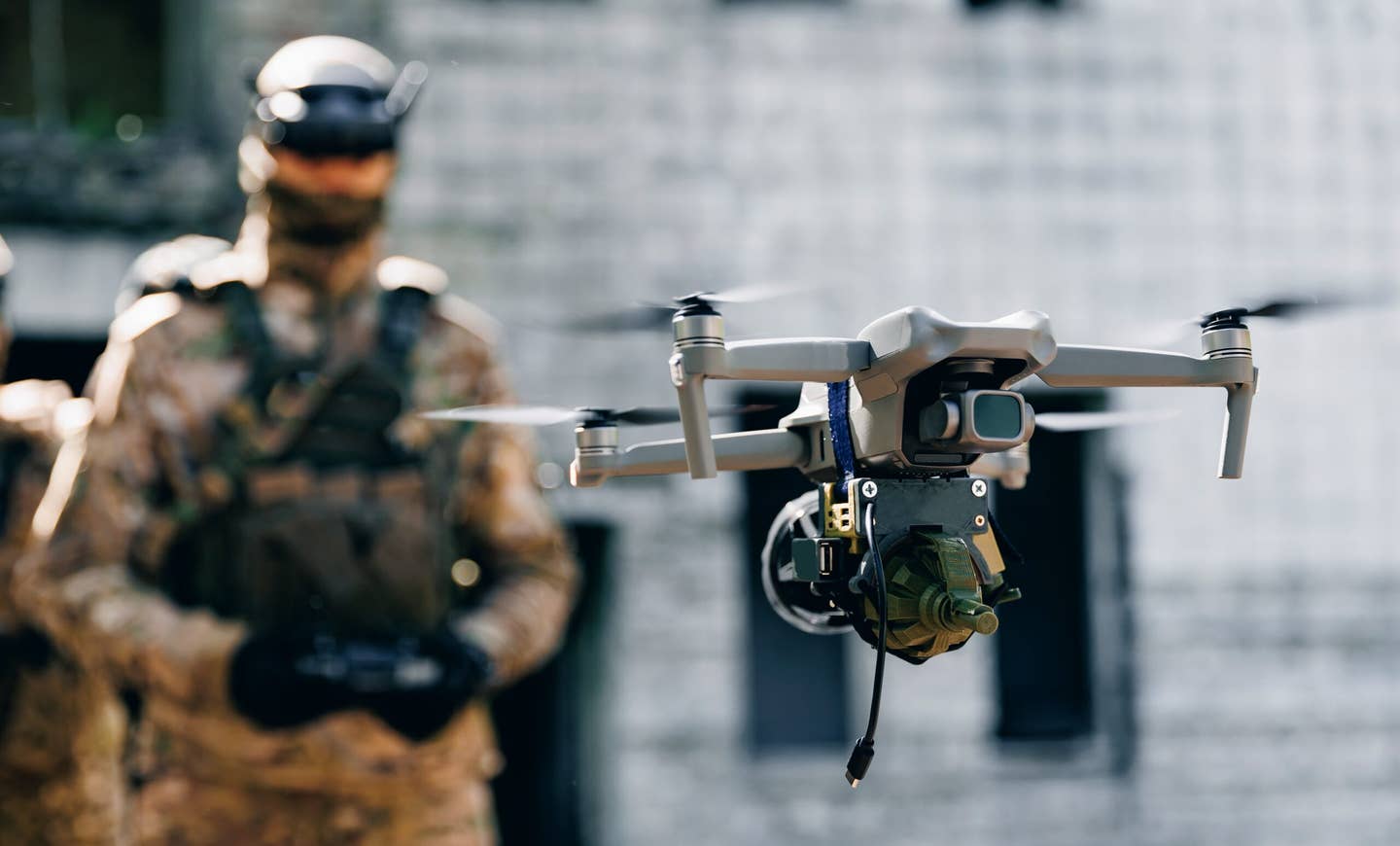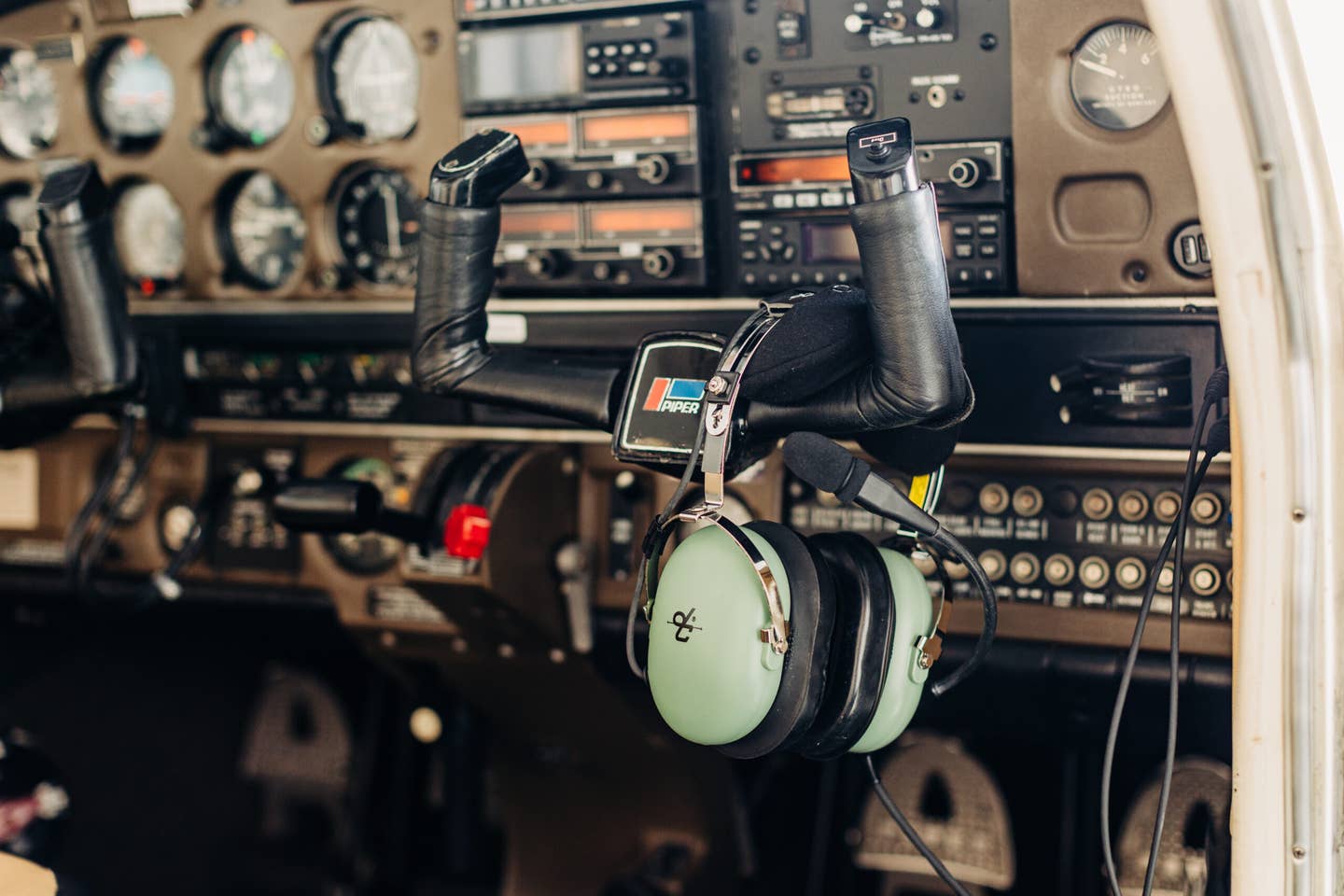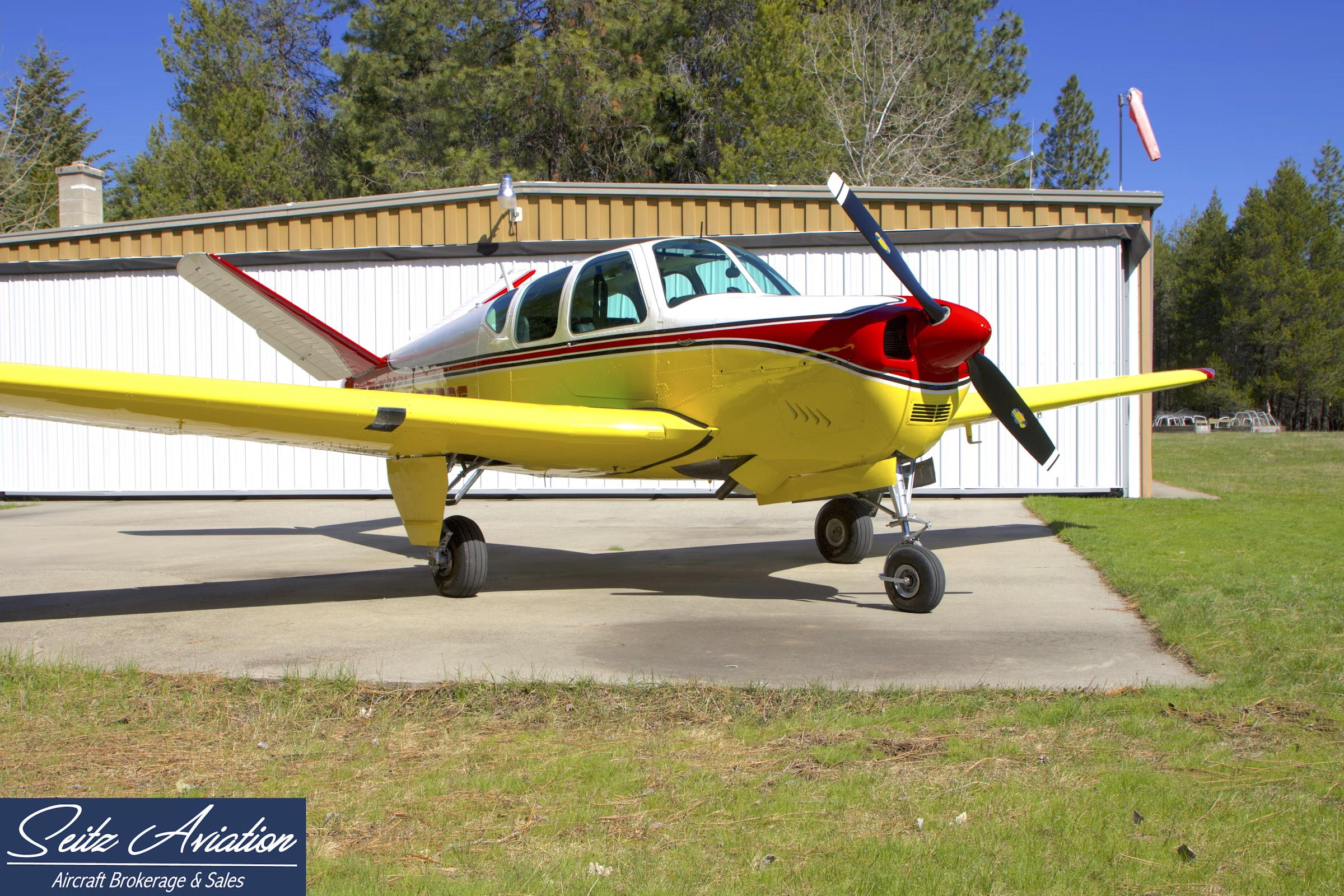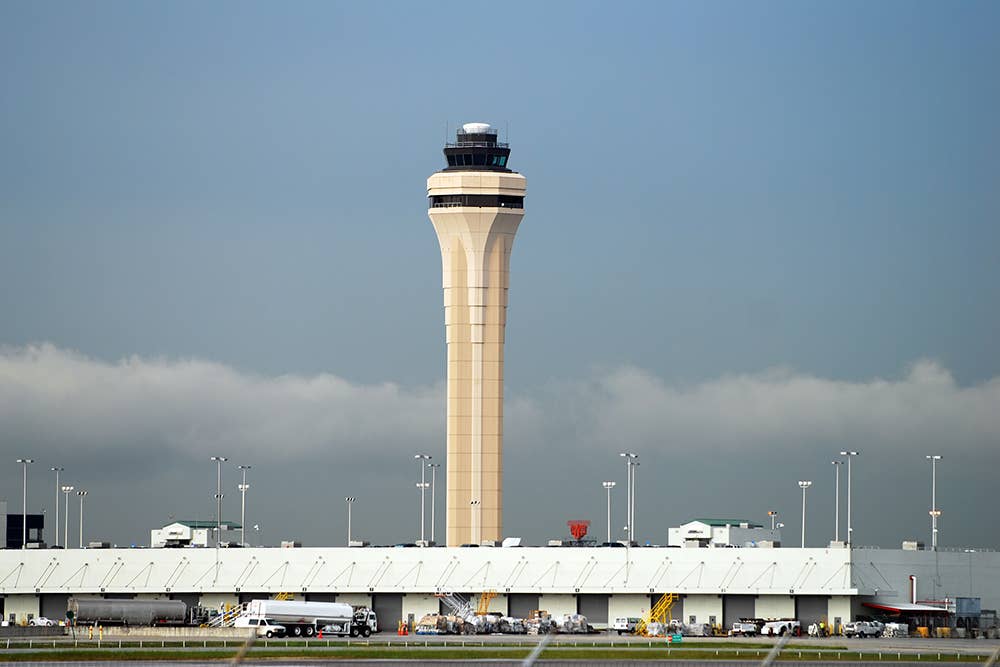Eyes in the Sky in the U.S. Capital Raise Privacy Concerns
On Monday, Washington, D.C.’s Metropolitan Police Department announced that drones will assist officers in various tasks.
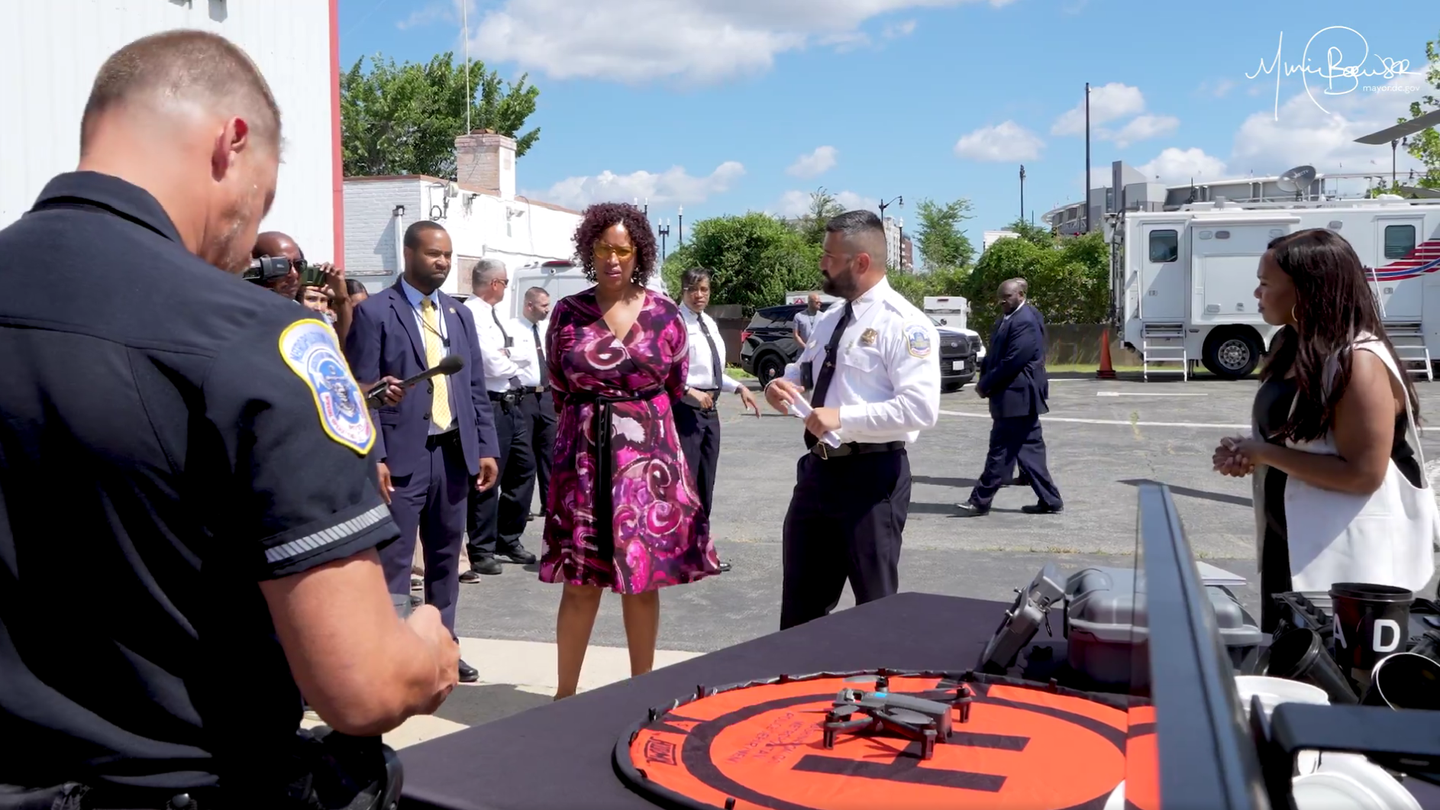
Muriel Bowser, mayor of Washington, D.C., attended the Metropolitan Police Department’s rollout of its new drone unit. [Courtesy: @MayorBowser/X]
Eyes in the sky are coming to the U.S. capital.
The Washington, D.C., Metropolitan Police Department (MPD) on Monday announced the launch of a drone and uncrewed aircraft systems (UAS) program, joining the more than 1,500 police departments nationwide that deploy the buzzing aircraft as eyes in the sky—and raising privacy concerns from groups such as the American Civil Liberties Union (ACLU).
The MPD says it will provide public notice of drone flights “when feasible,” but some operations will occur without public announcement. Flight logs will be available on the department’s website.
“We know that MPD’s Air Support Unit (ASU) plays an important role in driving down crime and keeping our community safe, and these upgrades are going to support that work,” Muriel Bowser, mayor of Washington, D.C., said in a statement Monday.
The MPD also put down $6.2 million on a new Airbus H-125 helicopter for the ASU, which it says is faster, swifter, and better performing than the model it will replace.
As of Monday, the ASU so far this year has helped officers make 76 arrests, completed 100 “photo missions,” including crowd management operations, and performed hundreds of safety checks on drivers, boaters, hikers, and pedestrians.
The MPD describes the UAS program’s five Anafi drones, built by U.S. manufacturer Parrot and procured for around $15,000 each, as “critical investments” aimed at driving down crime in the District. According to crime statistics released by the MPD, total crime in the district rose by 26 percent and violent crime by 39 percent between 2022 and 2023. As of Tuesday, total and violent crime are down 17 percent and 27 percent, respectively, year to date.
Each drone is equipped with cameras and can fly for about 30 minutes without recharging. Per the Washington Informer newspaper, 20 certified drone operators have so far completed a 40-hour MPD training course to earn FAA Part 107 certification.
The aircraft will not fly around sensitive locations such as the White House or Capitol building that are part of D.C.’s No Drone Zone. Operations within that area require the FAA’s signoff.
The drones and helicopter will feed live video to the MPD’s Real-Time Crime Center (RTCC), a facility opened earlier this year that is staffed around the clock by local, regional, and federal law enforcement “to monitor and respond to criminal activities in real time.”
The center also analyzes data from emergency calls, CCTV cameras and license plates—the district’s recently approved fiscal year 2025 budget allocates funding for 200 more CCTV cameras and 47 license plate readers. This data, which may now include drone footage of a car crash or criminal suspect, for example, can be shared up and down the law enforcement hierarchy. Some have concerns about how it could be used.
“The growing use of surveillance technology by law enforcement agencies without limits, transparency, and accountability is deeply concerning,” said Monica Hopkins, executive director of the ACLU’s D.C. branch, in a statement viewed by FLYING. “Drones are a powerful and novel surveillance technology, and the district's police drone expansion simply does not have sufficient guardrails to ensure our privacy and security.”
What They’re For
Some District residents, understandably, have concerns about how the police will use UAS.
Each MPD drone will transmit data and provide the ASU with a real-time, bird’s-eye view of crime scenes. According to the department, the ability to fly at lower altitude than a police helicopter allows drones to produce better quality imaging and access hard-to-reach places. The aircraft could also keep officers out of harm’s way, such as during a bomb threat situation.
Drones will be deployed to survey for missing persons, assist in water searches, reconstruct traffic crashes, and carry out warrants that are considered high risk. At large gatherings, including “First Amendment assemblies” such as protests, they cannot be used to track individual participants. But flights over people “while performing other police functions” such as crowd control are fair game.
UAS will also be used to track “dangerous subjects,” according to Bowser and MPD Chief Pamela Smith. The suspect must be armed and hiding in a defined area that would pose a risk of injury or death to an officer. The drone can only be deployed when surveillance and containment are determined to be “the safest tactics for apprehension.”
In addition, drones will support operations of the MPD’s Emergency Response Team and Explosive Ordnance Disposal and Harbor Patrol units.
Operations will be conducted by a licensed remote pilot in command (RPIC) within the MPD’s Homeland Security Bureau (HSB) or ASU, who will perform preflight checks, postflight assessments, and documentation of all operations. So far only one flight is publicly listed: a training mission on June 13.
What’s Off Limits?
The MPD on its website says all drone operations “will be conducted in a manner consistent with constitutional rights and legal standards.” The aircraft will be grounded in high winds, heavy rain, or low visibility, for example, and cannot violate FAA regulations such as temporary flight restrictions.
Deployment on the basis of identity, including race, religion, gender, and age, will be prohibited. Detractors of the program, though, may note that a similar restriction was placed on New York City’s stop-and-frisk policy, which a federal judge found unconstitutional because it led to racial discrimination.
In the city of Chula Vista, California, home to arguably the country’s most robust police drone program, Wired magazine found that the aircraft disproportionately fly over—and film—poorer neighborhoods, which themselves are disproportionately populated by people of color, en route to their final destination. The poorer the neighborhood, the higher the likelihood of exposure to drones. The aircraft reportedly fly routinely over schools, hospitals, and religious institutions.
The Chula Vista Police Department told FLYING that these neighborhoods receive more exposure because drones are responding to a higher volume of 911 calls or officer calls for assistance, for example.
FLYING asked the MPD if cameras will continue to roll as the drones travel to their ultimate destination. The department did not confirm or deny this, saying that the aircraft will not fly far to get to the scene of a call.
Like other evidence, drone footage will be downloaded, categorized, and retained in an online database and can only be used “for official law enforcement purposes.” The public can request video via the Freedom of Information Act (FOIA). In Chula Vista, however, attempts to have that footage released to the public via the courts have largely been an uphill battle.
Drones will not be allowed to carry weapons, including munitions such as tear gas or rubber bullets. Facial recognition software is also off-limits. Speaking at a press conference Monday, Smith said that the aircraft will not contain artificial intelligence, serve as first responders, or be used for general surveillance.
However, a general order outlining the program further mentions that UAS could be deployed for “exigent circumstances” approved by the HSB. The wording makes exceptions for quick deployments when a person is in immediate danger, for example, but defers some discretion from federal regulators like the FAA to the MPD’s Special Operations Division (SOD).
Who’s in Charge?
MPD drone operations will be overseen by an ASU supervisor, RPIC, and at least one visual observer (VO). Outdoors, flights must be within the line of sight of the RPIC or VO. Personnel will establish perimeters around those areas and try to keep them clear of people.
Deployments submitted to the RTCC by watch commanders will be approved or denied by the SOD commanding officer in consultation with an HSB-appointed drone program manager.
The RPIC must notify the RTCC before flying and document the reason for the flight (including whether or not a warrant was obtained), date, location, start and end times, and names of the people who approved the deployment.
In “exigent circumstances,” they must also describe why a drone was required. According to Wired, in Chula Vista, one in every 10 flights listed publicly on the police department’s website—or nearly 500—had no stated purpose and was not linked to a 911 call.
In the event of a crash, the drone program manager is required to alert the SOD commander and may need to complete a report, conduct an investigation, or alert the FAA within 10 days, depending on the severity.
The MPD encouraged concerned residents to reach out to their representatives directly or through online or community channels.
“MPD will collaborate with community stakeholders to address any concerns or questions regarding drone operations,” it says on its website.
A Divided Public
On Monday, Smith said she expects the size and capabilities of the department’s drone fleet to change in the near future. In the days leading up to the program’s rollout, the MPD chief met with community members and other stakeholders, who mostly offered their support so long as the program actually has an effect on crime.
Karen Gaal, an alumna of the MPD’s Community Engagement Academy who met with Smith last week, told the Informer that most alumni supported the new drone measures.
Other community members, however, feel that the program was sprung on them.
Wendy Hamilton, chair of the district’s Advisory Neighborhood Commission (AND) 8D—one of several groups of locally elected neighborhood representatives—said information on the drone program was buried in the MPD’s Monday announcement and caught ANC officials by surprise.
Hamilton, who also met with Smith last week, criticized the MPD’s lack of data to support drones as a solution for reducing crime—a sentiment echoed by Jamila White, who represented Ward 8A at the meeting.
“Are the drones looking for crime? Are they going to be concentrated on certain apartment complexes? There’s a lot of questions,” White told the Informer.
In a statement provided to FLYING, Hopkins added: “The Fourth Amendment gives people the right to live without the suspicionless mass surveillance that this drone program could enable. If a police drone flies over my neighborhood, what will it capture, and how will the information be used? If neighborhood kids are playing with an airsoft gun, is their house going to get raided by a SWAT team? Will we need to worry that a police drone is looking through the windows into our living rooms?”
Concerned residents can look to other police drone programs for some answers.
MTA drones will not be deployed as first responders as they are in Chula Vista. But the initiative could suffer from the same symptoms as that program, like the collection of police footage of poor neighborhoods.
Wired reported that most of the Chula Vista residents it interviewed support the program. But a few have concerns. Some said they feel scared walking down the street, at the public pool, and even in their own backyards due to the perception of near-constant drone surveillance.
Since 2018, the city’s police department has made about 20,000 drone flights, assisting in nearly 2,800 arrests. According to the latest data, the majority of cases involve disturbances, domestic violence, and involuntary holds on people suffering mental health crises. But they are sometimes used to respond to more minor incidents such as shoplifting, vandalism, and noise complaints.
The good news is that there is legal precedent against using drones for general surveillance. In 2021, U.S Fourth Circuit Court of Appeals struck down a controversial drone surveillance program by the Baltimore Police Department, which contracted with a private company to fly camera-equipped planes over the city.
The ACLU, which supported the FAA’s implementation of remote identification for drones, still calls for greater oversight on DFR programs, such as by having public representatives, rather than police departments, draw up policies on drone usage.
But according to the Cato Institute, nearly 6 in 10 Americans support police use of drones. As adoption by law enforcement continues to rise, greater restrictions on the aircraft may require citizens with privacy concerns to speak up.
Like this story? We think you'll also like the Future of FLYING newsletter sent every Thursday afternoon. Sign up now.

Sign-up for newsletters & special offers!
Get the latest FLYING stories & special offers delivered directly to your inbox

